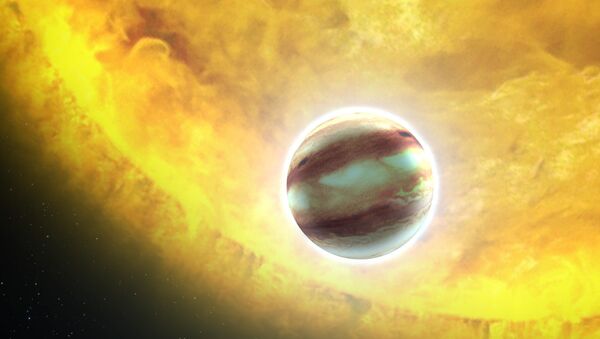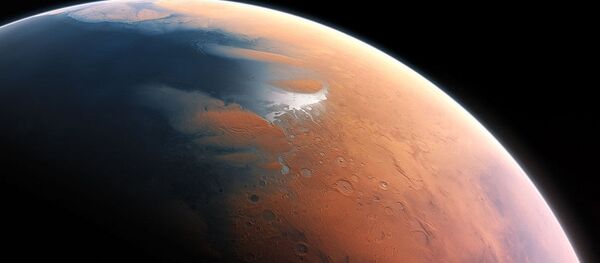Lead researcher David Armstrong and colleagues at the Astrophysics Group of the University of Warwick announced on December 12 that they observed unusual clouds in HAT-P-7b's atmosphere, using four years of data from NASA's Kepler space telescope. Those clouds are made of corundum, a rock-forming mineral, which helps form sapphires and rubies.
Several discoveries of such hot Jupiters have shown that the atmosphere on such exoplanets can consist of quite unusual substances. For example, scientists recently found hot exoplanets with lead and glass clouds.
"We expect clouds to form on the cold night side of the planet, but they would evaporate quickly on the hot day side," Armstrong said in the research published in Nature Astronomy.
According to the researchers, these results show that strong winds circle the planet, transporting clouds from the night side to the day side. "The winds change speed dramatically, leading to huge cloud formations building up then dying away. This is the first detection of weather on a gas giant planet outside the solar system," Armstrong explained.




